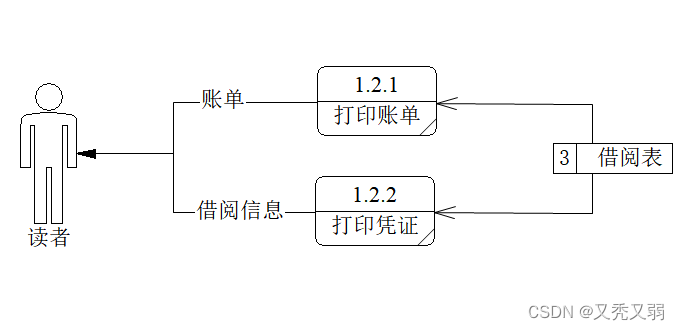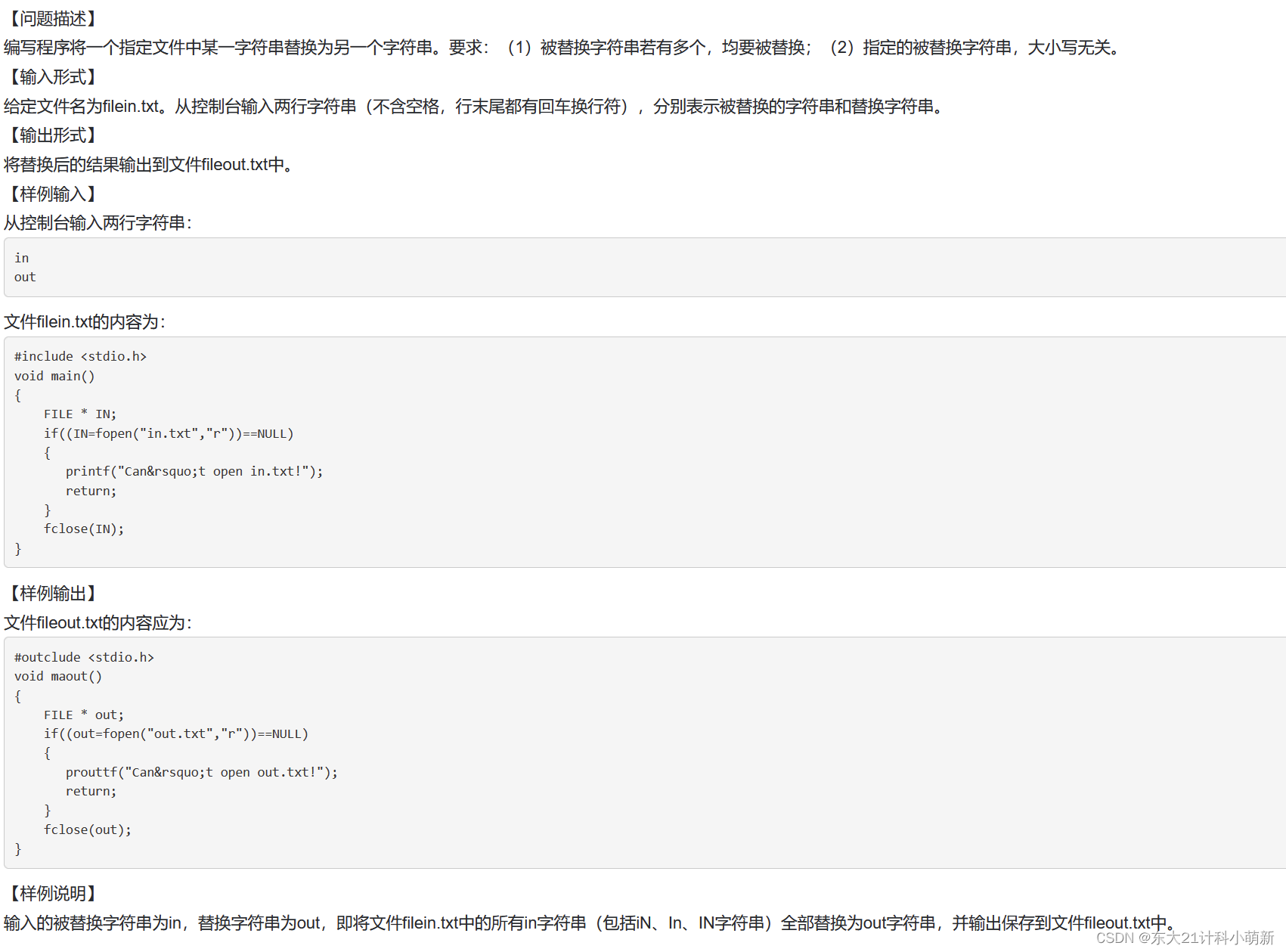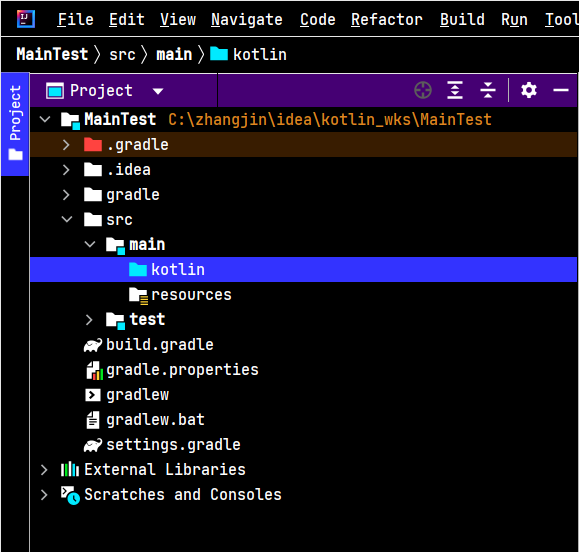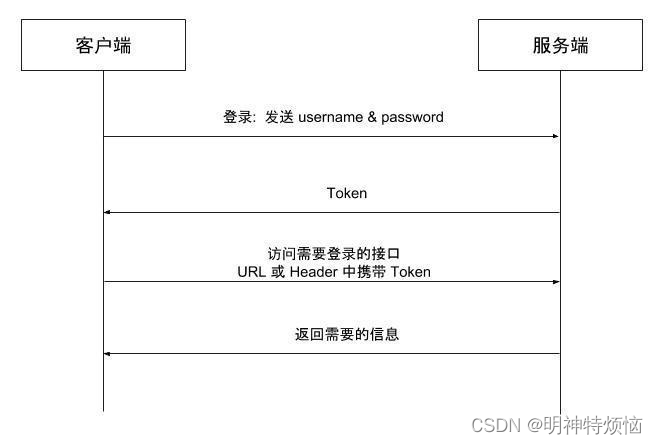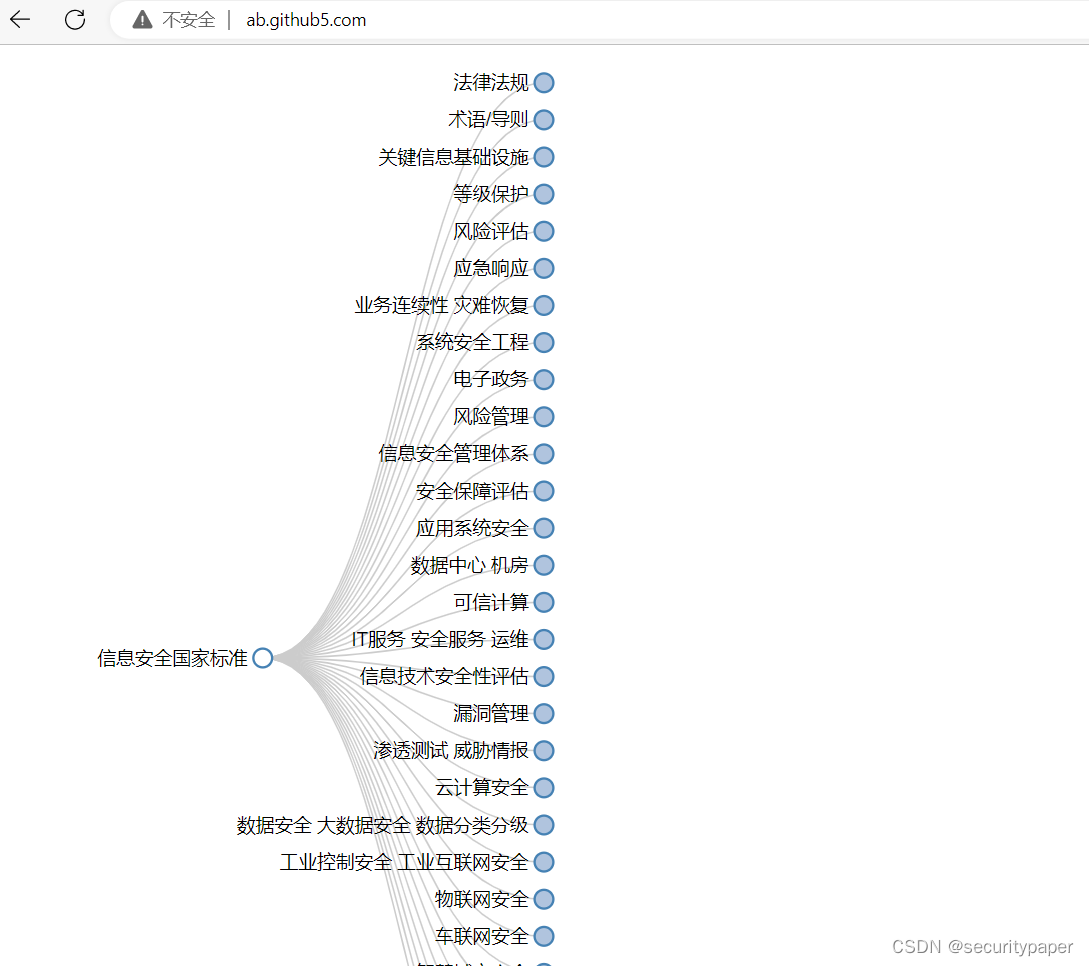yocto-queue是一个微型队列的数据结构,根据作者的介绍,如果在你一个数据量很大的数组上,大量的操作Array.push和Array.shift,那么你可以考虑使用yocto-queue来替代Array。
因为Array.shift的时间复杂度是O(n),而Queue.dequeue的时间复杂度是O(1),这对于大量的数据来说,性能上的提升是非常明显的。
时间复杂度和空间复杂度
学习算法和数据结构的时候,我们经常会听到时间复杂度和空间复杂度,这两个概念是什么呢?
时间复杂度
时间复杂度是指一个算法执行所耗费的时间,它是一个函数,这个函数的变量是问题规模的函数;
通常会使用大O符号来表示时间复杂度,比如O(n),O(n^2),O(logn)等等,这就是大 O 表示法(Big O notation)。
O代表的是算法的渐进时间复杂度(asymptotic time complexity),也就是说,随着问题规模的增大,算法的执行时间的增长率和O中的函数相同,称作渐进时间复杂度。
O(1)表示算法的执行时间与问题规模无关,也就是说,不管问题规模有多大,算法执行所耗费的时间都是一样的,这种算法称为时间复杂度为常数阶的算法。
O(n)表示算法的执行时间与问题规模成正比,也就是说,随着问题规模的增大,算法执行所耗费的时间也随之增大,这种算法称为时间复杂度为线性阶的算法。
O(n^2)表示算法的执行时间与问题规模成平方比,也就是说,随着问题规模的增大,算法执行所耗费的时间呈二次方增长,这种算法称为时间复杂度为平方阶的算法。
通过上面的介绍,我们可以将O比喻成函数,O(1)就是一个常数函数,O(n)就是一个线性函数,O(n^2)就是一个平方函数,O(logn)就是一个对数函数。
说了这么多概念性的问题,不如直接来看看代码;
例如,我们有一个数组,我们要遍历这个数组,然后将数组中的每个元素都乘以2,那么我们可以这么写:
function multiplyBy2(arr) {const result = [];for (let i = 0; i < arr.length; i++) {result.push(arr[i] * 2);}return result;
}
这段代码的时间复杂度是O(n),因为我们遍历了数组,所以时间复杂度就是O(n),O代表这个函数,n代表问题规模,也就是数组的长度,组合起来就是O(n)。
再直观一点,我们可以这么理解,当数组的长度为n时,我们需要执行n次循环,所以时间复杂度就是O(n),用代码表示就是:
function O(n) {for (let i = 0; i < n; i++) {// do something}
}
O(1); // O(1)
O(2); // O(2)
O(3); // O(3)
O(n); // O(n)
空间复杂度
空间复杂度是指一个算法执行所耗费的内存空间,它是一个函数,这个函数的变量是问题规模的函数;
和时间复杂度一样,空间复杂度也有O(1)、O(n)、O(n^2)、O(logn)等等,它们的含义和时间复杂度一样,只不过它们是表示算法执行所耗费的内存空间的增长率。
当然空间复杂度计算的不是内存消耗,而是变量的个数,例如冒泡排序的空间复杂度是O(1),因为它只需要一个变量temp:
function bubbleSort(arr) {for (let i = 0; i < arr.length; i++) {for (let j = 0; j < arr.length - i - 1; j++) {if (arr[j] > arr[j + 1]) {const temp = arr[j];arr[j] = arr[j + 1];arr[j + 1] = temp;}}}return arr;
}
而快速排序的空间复杂度是O(logn),因为它需要一个变量pivot,而且它是递归的,所以空间复杂度是O(logn):
function quickSort(arr) {if (arr.length <= 1) {return arr;}const pivotIndex = Math.floor(arr.length / 2);const pivot = arr.splice(pivotIndex, 1)[0];const left = [];const right = [];for (let i = 0; i < arr.length; i++) {if (arr[i] < pivot) {left.push(arr[i]);} else {right.push(arr[i]);}}return quickSort(left).concat([pivot], quickSort(right));
}
源码分析
上面了解了时间复杂度和空间复杂度的概念,那么我们开始正式分析yocto-queue的源码;
- yocto-queue
- yocto-queue github1s
代码不多,可以直接通过github1s在线阅读,然后使用浏览器控制台来查看效果;
代码分析
先来看一下yocto-queue的使用方式:
- 安装
npm install yocto-queue
- 使用
import Queue from 'yocto-queue';
const queue = new Queue();
queue.enqueue('🦄');
queue.enqueue('🌈');
console.log(queue.size);
//=> 2
console.log(...queue);
//=> '🦄 🌈'
console.log(queue.dequeue());
//=> '🦄'
console.log(queue.dequeue());
//=> '🌈'
然后再来看一下yocto-queue的代码:
/*
How it works:
`this.#head` is an instance of `Node` which keeps track of its current value and nests another instance of `Node` that keeps the value that comes after it. When a value is provided to `.enqueue()`, the code needs to iterate through `this.#head`, going deeper and deeper to find the last value. However, iterating through every single item is slow. This problem is solved by saving a reference to the last value as `this.#tail` so that it can reference it to add a new value.
*/
class Node {value;next;constructor(value) {this.value = value;}
}
export default class Queue {#head;#tail;#size;constructor() {this.clear();}enqueue(value) {const node = new Node(value);if (this.#head) {this.#tail.next = node;this.#tail = node;} else {this.#head = node;this.#tail = node;}this.#size++;}dequeue() {const current = this.#head;if (!current) {return;}this.#head = this.#head.next;this.#size--;return current.value;}clear() {this.#head = undefined;this.#tail = undefined;this.#size = 0;}get size() {return this.#size;}* [Symbol.iterator]() {let current = this.#head;while (current) {yield current.value;current = current.next;}}
}
可以直接直接粘贴到浏览器控制台中运行
构造函数
首先来看一下Queue的构造函数:
class Queue {#head;#tail;#size;constructor() {this.clear();}
}
一个Queue类,它有三个私有属性:#head、#tail、#size;
在
class中,如果属性名前面加上#,表示这个属性是私有属性,外部是无法访问的;
#head:指向队列的头部;#tail:指向队列的尾部;#size:队列的长度;
然后在构造函数中调用了this.clear()方法,这个方法的作用是清空队列,代码如下:
class Queue {clear() {this.#head = undefined;this.#tail = undefined;this.#size = 0;}
}
enqueue
接下来看一下enqueue方法:
class Queue {enqueue(value) {const node = new Node(value);if (this.#head) {this.#tail.next = node;this.#tail = node;} else {this.#head = node;this.#tail = node;}this.#size++;}
}
enqueue方法的作用是向队列中添加一个元素;
首先创建一个Node实例,然后判断this.#head是否存在,如果存在,说明队列中已经有元素了,那么就把新创建的Node实例添加到队列的尾部;
如果this.#head不存在,说明队列中还没有元素,那么就把新创建的Node实例添加到队列的头部;
最后,队列的长度加一;
这里使用到了一个Node类,它的作用是用来保存队列中的元素的,代码如下:
class Node {value;next;constructor(value) {this.value = value;}
}
value:指向的是队列中的元素;next:指向下一个Node实例;
dequeue
接下来看一下dequeue方法:
class Queue {dequeue() {const current = this.#head;if (!current) {return;}this.#head = this.#head.next;this.#size--;return current.value;}
}
dequeue方法的作用是从队列中移除一个元素;
首先获取队列的头部元素,然后判断current是否存在,如果不存在,说明队列中没有元素,那么就直接返回;
如果current存在,说明队列中有元素,那么就把队列的头部元素移除,然后把队列的长度减一;
最后,返回移除的元素;
图例
一个队列结构只会有两个操作:入队和出队,下面通过一个图例来说明一下;
入队时,会把新的元素添加到队列的尾部;
出队时,会把队列的头部元素移除;
graph TD
#head --> Node0
Node0 -->|value| Current0
Node0 -->|next| Node1
Node1 -->|value| Current1
Node1 -->|next| Node2
Node2 -->|value| Current2
Node2 -->|next| Node3
Node3 -->|value| Current3
Node3 -->|next| Node_n
Node_n -->|value| Current_n
#tail --> Node_n
上面的图例中,Node0表示队列的头部元素,Node_n表示队列的尾部元素;
Current0表示队列中的第一个元素,Current_n表示队列中的最后一个元素;
在队列中,只会关心头部和尾部的元素,头部的元素用于弹出队列,尾部的元素用于添加元素;
在上面的图例中,如果我们执行dequeue方法,那么就会把Node0移除,然后把Node1设置为队列的头部元素;
graph TD
dequeue -->|出队列 #head| #head
Node0 -->|value| Current0
Current0 -->|返回结果| End
Node0 -->|next| Node1
#head -->|修改指向为 Node1| Node1
Node1 -->|value| Current1
Node1 -->|next| Node2
Node2 -->|value| Current2
Node2 -->|next| Node3
Node3 -->|value| Current3
Node3 -->|next| Node_n
Node_n -->|value| Current_n
#tail --> Node_n
上面的dequeue方法执行完毕后,队列的头部元素就变成了Node1;
Node0因为没有任何引用指向它,所以会被垃圾回收机制回收;
如果我们执行enqueue方法,那么就会把新的元素添加到队列的尾部:
graph TD
#head --> Node0
Node0 -->|value| Current0
Node0 -->|next| Node1
Node1 -->|value| Current1
Node1 -->|next| Node2
Node2 -->|value| Current2
Node2 -->|next| Node3
Node3 -->|value| Current3
Node3 -->|next| Node_n
Node_n -->|next 指向| newNode
newNode -->|value| newData
#tail -->|修改指向| newNode
上面的enqueue方法执行完毕后,队列的尾部元素就变成了newNode;
迭代器
yocto-queue到最后还提供了一个迭代器,用于遍历队列中的元素;
class Queue {// ...*[Symbol.iterator]() {let current = this.#head;while (current) {yield current.value;current = current.next;}}
}
上面的代码中,使用了一个generator函数,它会返回一个迭代器;
迭代器中,会从队列的头部元素开始遍历,然后把每个元素的值返回出去;
迭代器的使用
迭代器是es6中的一个新特性,它可以用于遍历数据结构中的元素,使用起来也非常简单,只需要在数据结构上调用Symbol.iterator方法即可;
const obj = {[Symbol.iterator]() {let i = 0;return {next() {return {value: i++,done: i > 10};}};}
};
for (const item of obj) {console.log(item);
}
上面的代码中,我们定义了一个对象,它的Symbol.iterator方法返回了一个迭代器;
一个迭代器是一个对象,它有一个next方法,每次调用next方法,都会返回一个对象,这个对象中包含了当前元素的值和一个done属性,表示是否已经遍历完毕;
可以使用generator函数来简化上面的代码:
const obj = {*[Symbol.iterator]() {let i = 0;while (i < 10) {yield i++;}}
};
for (const item of obj) {console.log(item);
}
上面的代码中,我们使用了generator函数来简化迭代器的定义;
参考:
- Symbol.iterator
- Generator 函数
总结
yocto-queue是一个非常简单的队列实现,它的核心是使用了链表来存储数据;
链表的优点是插入和删除元素的时间复杂度是O(1),但是查找元素的时间复杂度是O(n),不过对于队列来说,查找元素的操作是不需要的;
对比于数组,每次插入和删除元素都需要移动元素,所以时间复杂度是O(n),但是查找元素的时间复杂度是O(1);
所以正如文章开头,作者提到的,对于一个大数组来实现队列,效率是非常低的,而应该使用链表来实现(因为这个库的核心实现就是链表,所以肯定优先推荐用这个库=);
通过阅读yocto-queue的源码,我们学习到了很多:
- 时间复杂度、空间复杂度的概念
- 链表的实现
- 如何使用
es6的Symbol.iterator来实现可迭代对象; - 如何使用
es6的generator函数来实现迭代器; - 数组、队列、链表的区别;
最后
最近还整理一份JavaScript与ES的笔记,一共25个重要的知识点,对每个知识点都进行了讲解和分析。能帮你快速掌握JavaScript与ES的相关知识,提升工作效率。
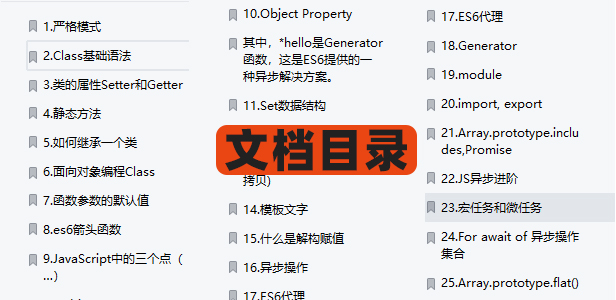
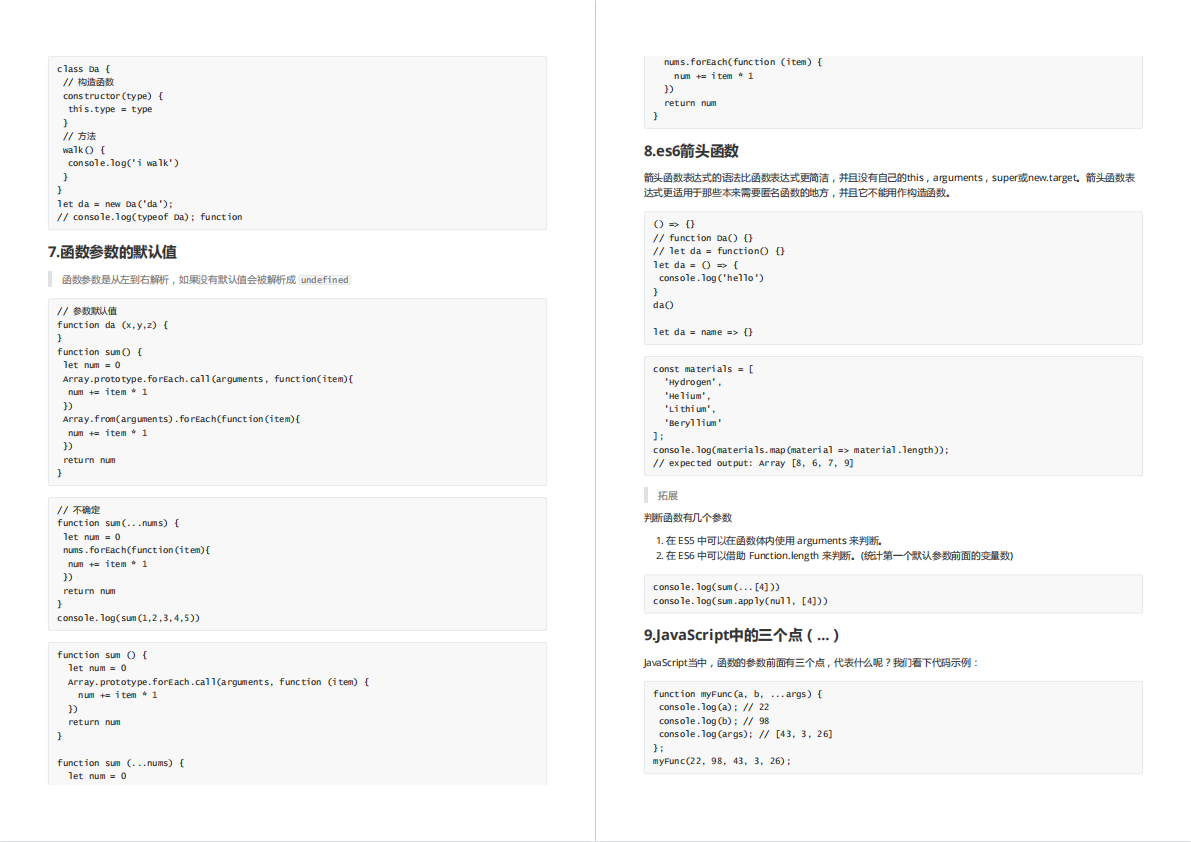

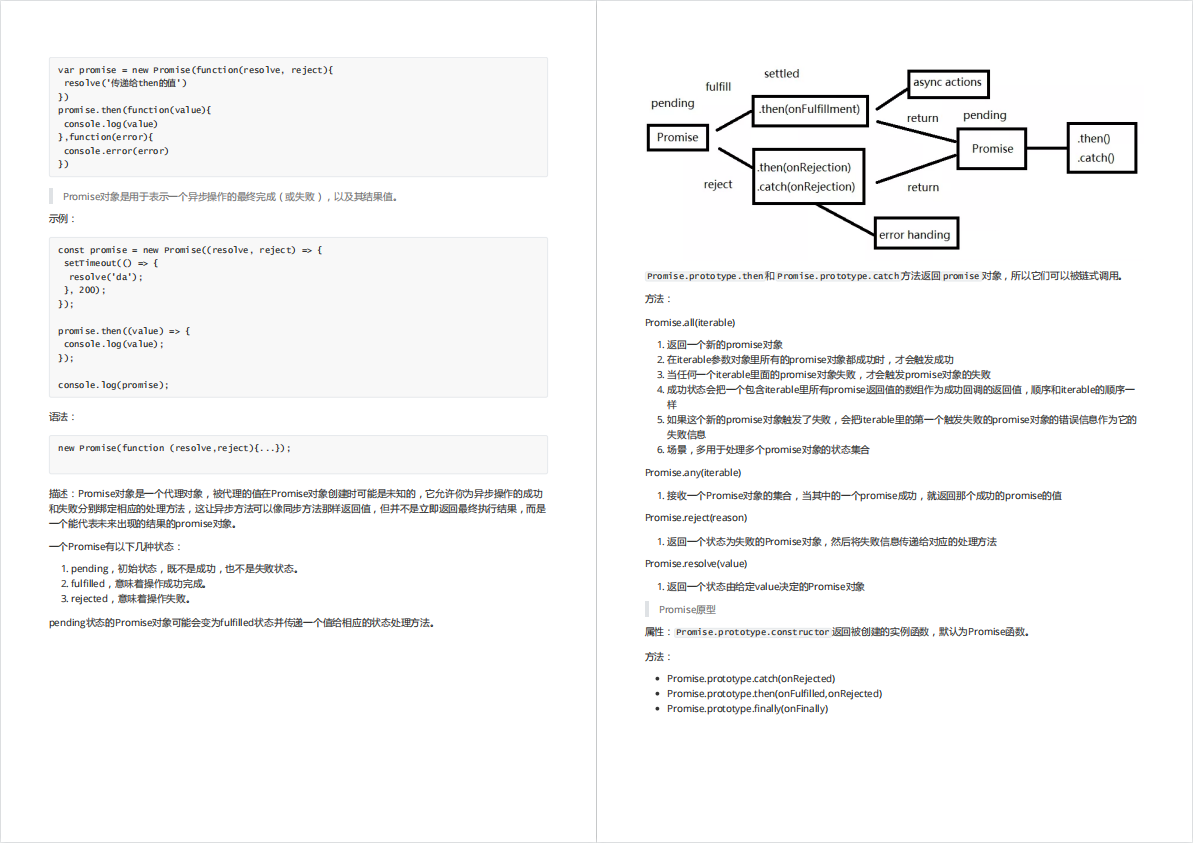
有需要的小伙伴,可以点击下方卡片领取,无偿分享

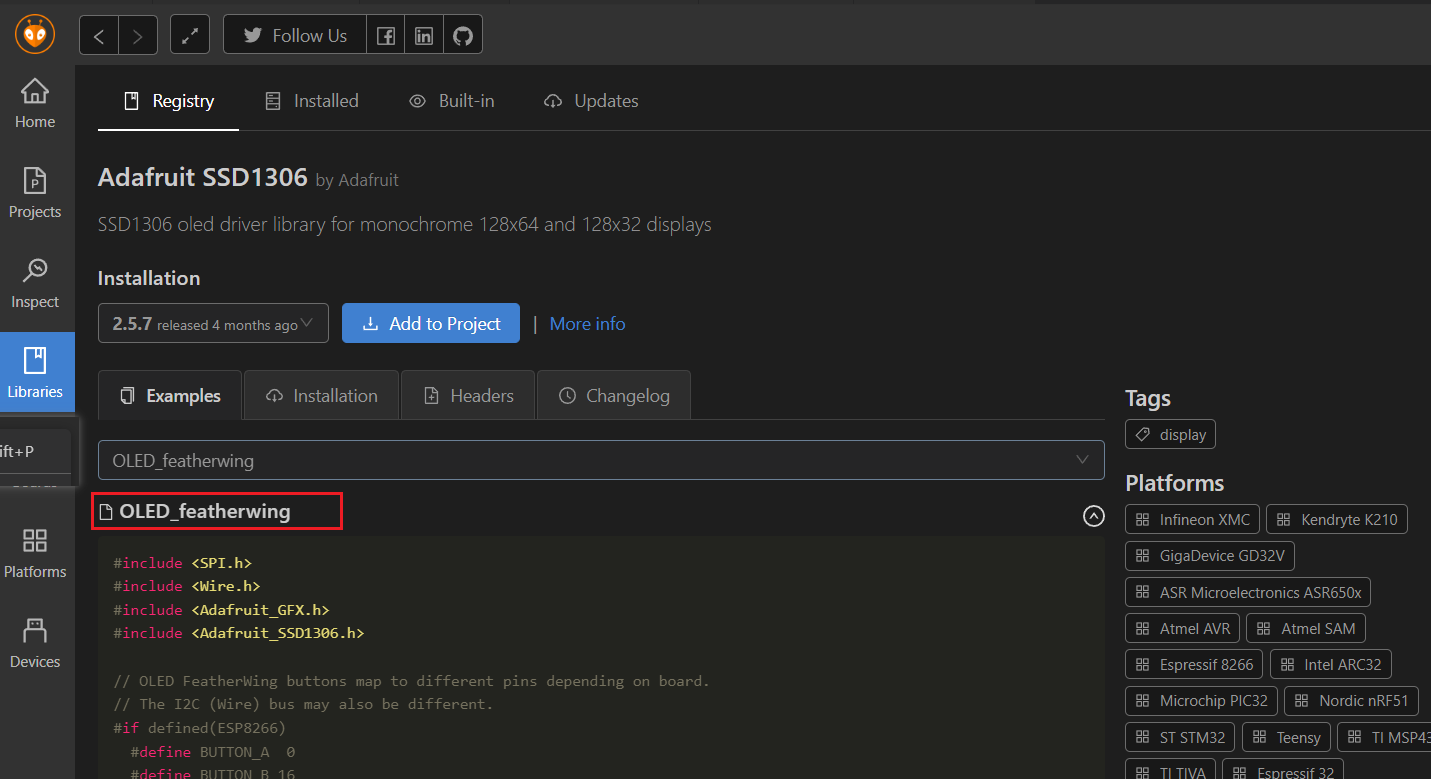

![[Java]注解](https://img-blog.csdnimg.cn/8b3b4ad36d1848f08f87dd9db8918be4.png)
